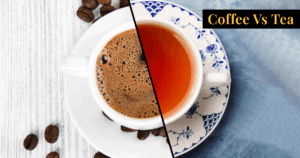As we grow older, the definition of drugs, specifically recreational drugs, starts to get a little blurred out. It’s not black and white anymore, like a 2-page Archie’s panel advocating the complete abstinence from indulgence. You start to realise that a lot of the everyday things you’re putting into your body could be classified under the umbrella term ‘drugs’, and it’s only time and the onset of differing social pressures that have put us where we are today. Alcohol’s a drug, nicotine’s a drug, hell, even coffee’s a drug. It stimulates you, gets you charged up, and people tend to hate not having it around. See what I mean?
But the one substance that hasn’t really been on this particular radar is sugar, and it might be the most prevalent, all-pervasive drug of all.
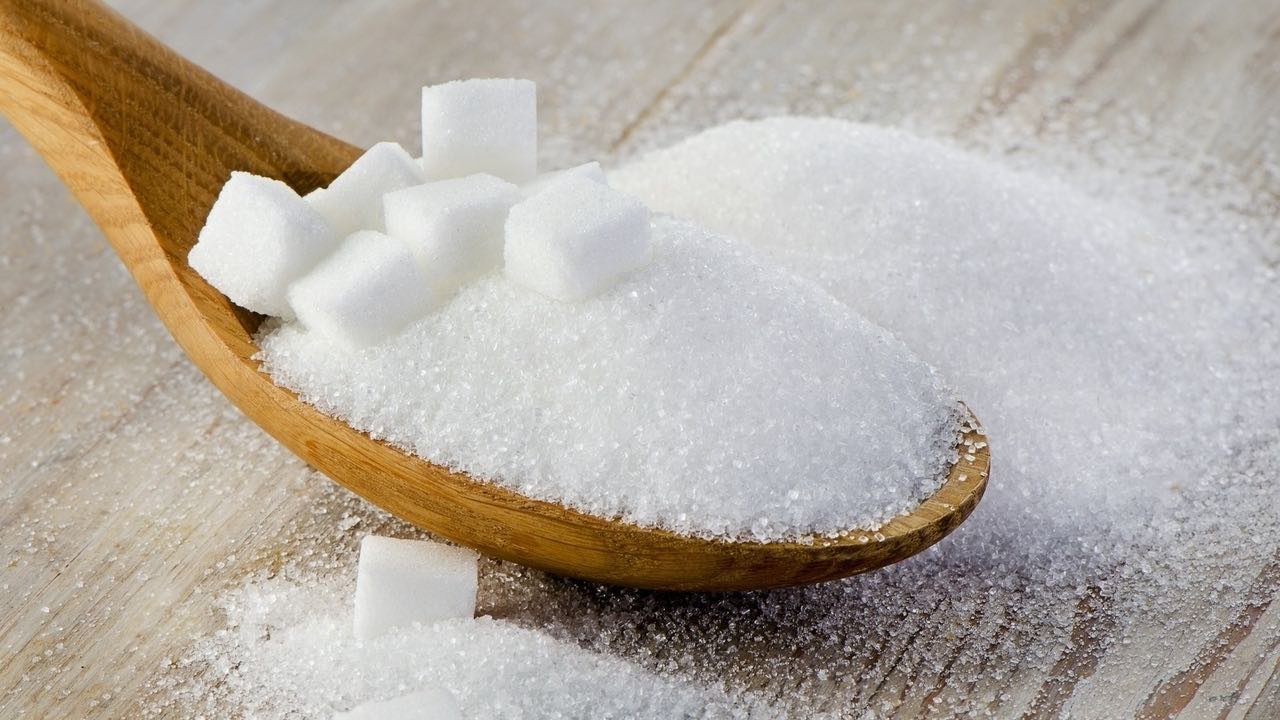
As The Guardian, in a very enlightening long read pointed out, the consumption of sugar has no short-term ill effects, at least for most. The positives on the other hand, are wide-ranging, immediate, and alarmingly similar to the effects of several other classified drugs, especially in children. It puts kids in a good mood, it calms their tantrums, it energises them and fills them with a dizzying positivity. And when all the shit wears off, they’re left empty, sullen and usually begging for more. It’s freakin’ ecstasy for kids. Humans have not been able to test any of the other harder drugs on children, for obvious reasons (we’re not Nazis), but shouldn’t something with such a heavy effect on children make us stop and think for a moment about how safe it really is? It doesn’t, because sugar’s been normalised as an everyday part of society.
It’s been found that sugar brings out the same response in the ‘reward centre’ of the brain as alcohol, cocaine and heroin.
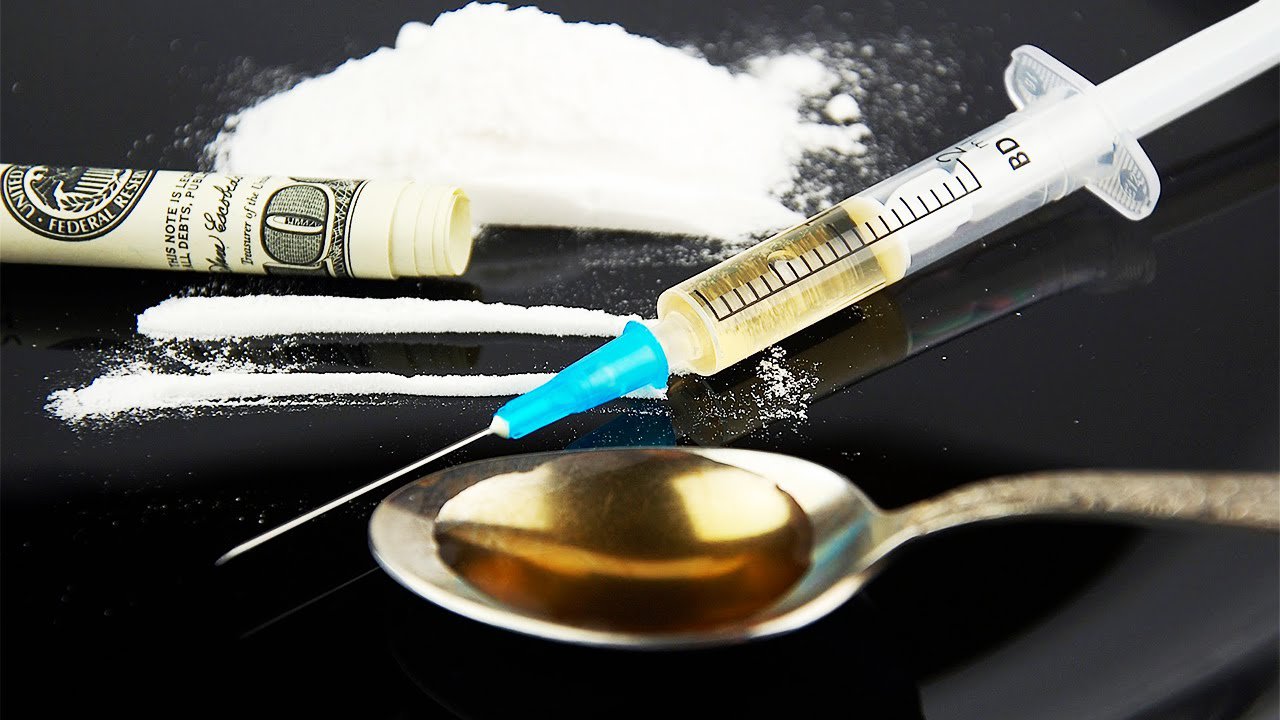
In the States, the sales of sweets and candies continued to rise during The Great Depression in 1934. During the Prohibition in the 1920s, the per capita consumption of sweets actually doubled, as Americans turned to sugar to fill that alcohol soaked hole in their hearts (or livers). Nutritionists have had a hard time classifying it as an addictive substance, something that’s been a bone of contention for neurologists as well as psychologists. But looking at simple behavioural patterns itself, it’s pretty clear to see some ‘form’ of sugar addiction and abuse.
Ice-cream, chocolate and candy is depicted as a feel-good pick-me-up in pretty much all forms of popular culture.
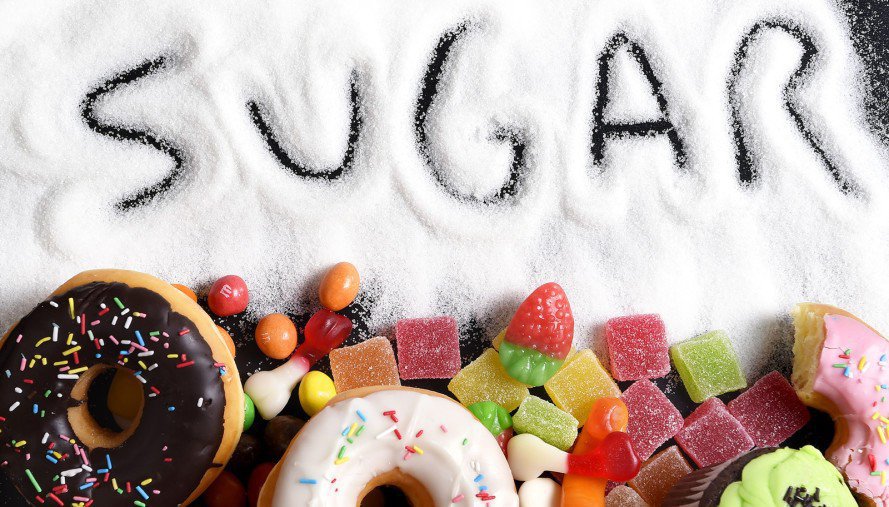
Have you ever noticed that the two ways they show people getting over, say, a break up in pretty much any TV show is either by drinking themselves to oblivion or going through a copious amount of sugary substances, usually ice-cream. That’s really saying something. Now I’m not trying to be preachy and saying it’s wrong, I’m just pointing out the facts, and they all seem to point to sugar and its various delicious avatars exhibiting clear signs of being a drug.
Unlike alcohol and other drugs, sugar has no extreme immediate unpleasant effects. It builds up over time and is noticed only years or decades later.
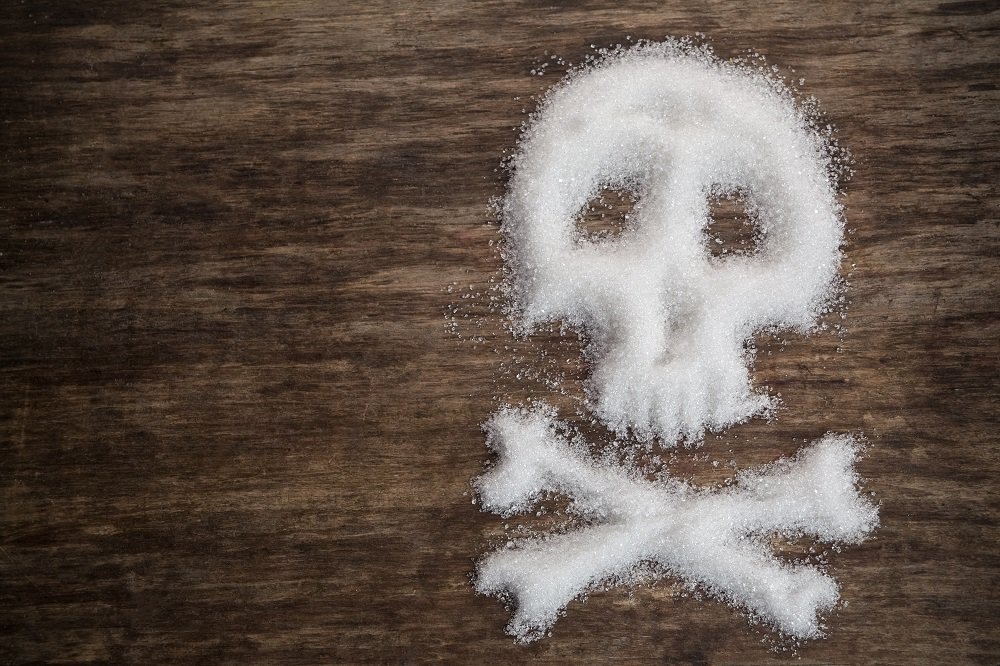
Alcohol and other drugs can cause dizziness, flushing, heart palpitations and a world of unusual effects immediately. Compared to this, the negative effects of sugar are noticed decades later, making this one of the most insidious ‘drugs’ of the lot.
On the whole, it’s a difficult debate, and one that isn’t really focused on it being a drug at all, but a simple nutrient. However, as with everything else in life, it’s important to break away from what we’ve learnt and internalised about sugar, and start asking some real questions.





